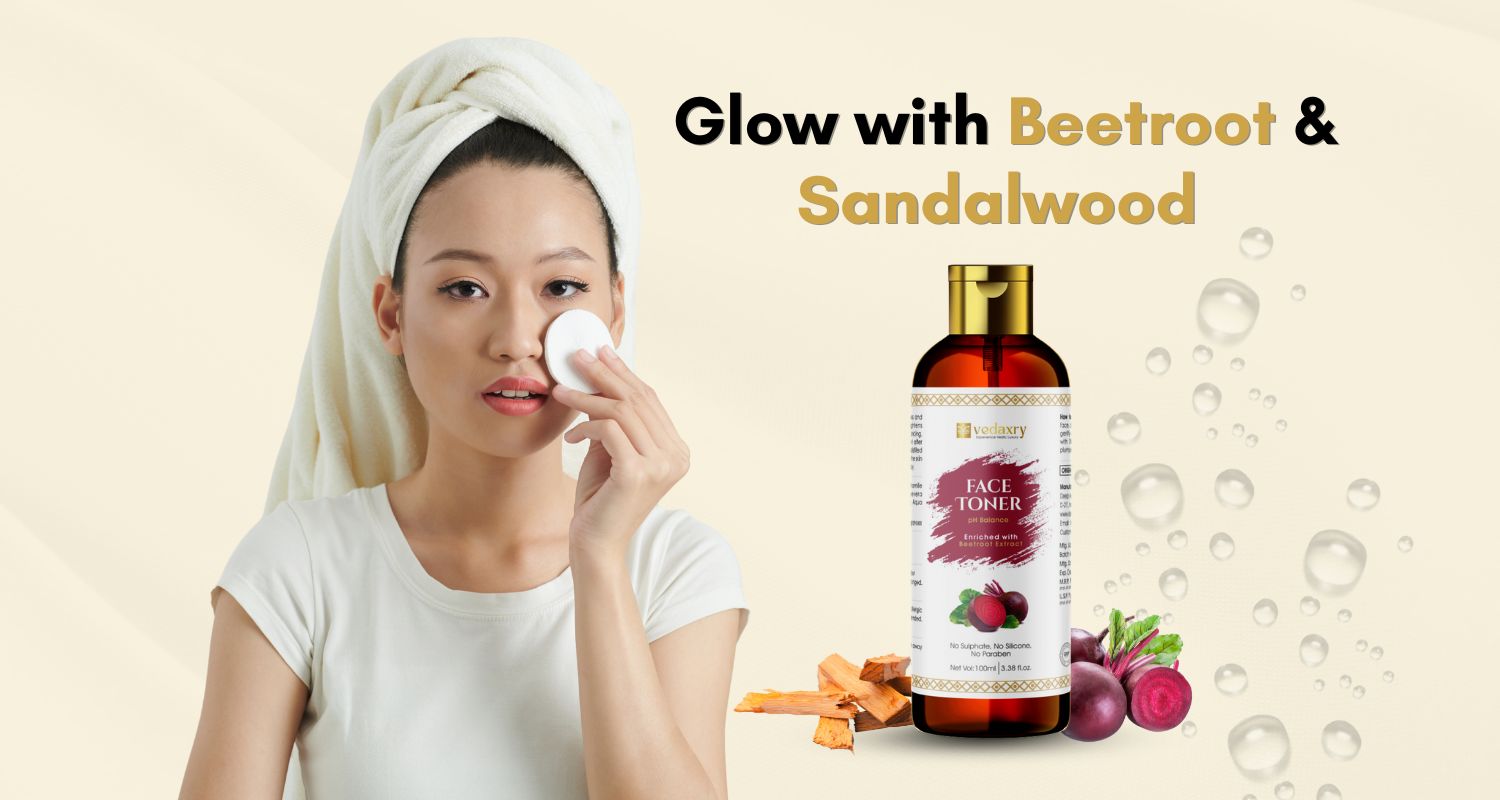🌿 Manjistha for Skin Whitening: Benefits, Therapeutic Applications & Methods of Administration

🔍 Introduction
Within the domain of phytodermatology and traditional therapeutics, Manjistha for skin whitening has emerged as a phytotherapeutic marvel—renowned for its potent depigmenting, detoxifying, and skin-nourishing attributes. Scientifically referred to as Rubia cordifolia and traditionally acclaimed in Ayurveda as मञ्जिष्ठा, this herb exemplifies a synergy between classical Vedic wisdom and modern dermatological validation.
This discourse endeavors to elucidate the manjistha benefits from both Ayurvedic and allopathic paradigms, while explicating how to use manjistha for skin whitening in both external and internal regimens.
Botanical & Ayurvedic Classification
Manjistha is a climbing perennial herb characterized by its crimson-hued roots, traditionally administered for its Rakta shodhana (blood-purifying) and Varnya (complexion-enhancing) actions.
-
Rasa (Taste): Tikta (bitter), Kashaya (astringent)
-
Guna (Qualities): Laghu (light), Ruksha (dry)
-
Virya (Potency): Ushna (heating)
-
Prabhava (Specific Action): Anti-pigmentary, detoxifying
"मञ्जिष्ठा तु श्रेष्ठा रक्तप्रसादनी।"
"Among blood purifiers, Manjistha is supreme in enhancing the purity and clarity of the blood."
— Charaka Samhita
Ayurvedic Exegesis: Manjistha for Skin Whitening
Ayurveda postulates that Varna (skin tone) is intimately linked to the equilibrium of Pitta dosha and the qualitative integrity of Rakta dhatu (blood tissue). Manjistha benefits the dermis by facilitating the systemic elimination of endotoxins (Ama), subduing dermal inflammations, and promoting varna prasādana (enhancement of skin luminosity).
Pharmacological Actions in Ayurveda:
-
Rakta Shodhaka: Facilitates hematological detoxification
-
Varnya: Improves the aesthetic radiance of the skin
-
Tvachya: Enhances dermal vitality and tone
-
Kushtaghna: Alleviates chronic dermatopathies and dyschromias
Its canonical indications encompass:
-
Vyanga (melasma)
-
Neelika (dark discolorations)
-
Kushta (chronic dermatoses)
-
Mandagni-janya twak vikara (digestive-dermal disorders)
Modern Pharmacological Correlation
Phytochemical investigations validate that manjistha benefits are attributed to its rich reservoir of anthraquinones such as alizarin, purpurin, rubiadin, and manjistin. These bioactive constituents confer a plethora of dermatological merits:
Biomedical Properties:
-
Antioxidant: Neutralizes cutaneous oxidative stress
-
Tyrosinase Inhibitor: Downregulates melanin biosynthesis
-
Anti-inflammatory: Mitigates erythema and cutaneous hypersensitivity
-
Antibacterial: Suppresses microbial agents contributing to acneiform eruptions
A 2020 peer-reviewed study in the Journal of Ethnopharmacology demonstrated that manjistha extracts effectively inhibited melanin biosynthesis, reinforcing its role in therapeutic skin depigmentation protocols.
Enumerated Manjistha Benefits for Skin Whitening
|
Dermatological Concern |
Remedial Action via Manjistha |
|
Hyperpigmentation & Melasma |
Attenuation of melanin synthesis |
|
Acne & Residual Scarring |
Antimicrobial and anti-inflammatory action |
|
Dull & Lifeless Skin |
Enhancement of peripheral microcirculation |
|
Uneven Complexion |
Systemic detoxification and dermal rejuvenation |
|
UV-Induced Tanning |
Reparative and restorative functions |
Thus, manjistha for skin whitening provides a holistic approach to skin illumination and dermatological equilibrium.
🧴 How to Use Manjistha for Skin Whitening
Understanding how to use manjistha for skin whitening involves both bahya (external) and abhyantara (internal) methodologies. Here are curated regimens:
1. Manjistha Lepa (Topical Paste)
Ingredients:
-
Manjistha powder – 1 tsp
-
Chandana or Multani mitti – ½ tsp
-
Rosewater or organic milk – Q.S.
Procedure:
-
Prepare a fine paste, apply to the cleansed face
-
Retain for 15–20 minutes
-
Rinse with lukewarm water
Effect: Diminishes pigmentation, reduces scars, revives complexion
2. Oral Supplementation (Churna or Capsules)
-
Dosage: 1–2 capsules or 1–3 gm powder daily post-prandially
-
Anupan (Vehicle): Warm water or honey
Therapeutic Action: Systemic detoxification of Rakta and Yakrit (liver), supporting sustained skin glow
(Supervised by an Ayurvedic physician)
3. Decoction (Kwath) Preparation
How to use manjistha for skin whitening in classical form:
-
Boil 1 tsp manjistha powder in 2 cups of water
-
Reduce to 1 cup, strain and consume once daily
Result: Promotes hematological and hepatic cleansing; addresses endogenous causes of dermal dullness
4. Medicated Manjistha Taila (Oil)
Used for gentle mukhabhyanga (facial massage) and twak sanskara (skin rituals), particularly in kapha-pitta dominant skin types.
Recommended Ayurvedic Formulations
|
Preparation |
Brand |
Application |
|
Deep Ayurveda |
Internal |
|
|
Mahamanjisthadi Kwath |
Classical Ayurveda |
Internal |
|
Manjistha Face Ubtan |
Forest Essentials |
External |
|
Manjistha Herbal Oil |
Kama Ayurveda |
External massage |
Contraindications & Cautions
-
Not recommended during gestation or lactation
-
May cause mild xerosis in vata-prakriti individuals; use hydrating agents
-
Discontinue upon appearance of allergic manifestations
Conclusion
Both Ayurvedic treatises and modern phytopharmacology corroborate the multifaceted potential of Manjistha for skin whitening. It functions as a dermal clarifier, blood detoxifier, and cellular rejuvenator—making it a cornerstone in holistic skin care regimens. One effective way to incorporate Manjistha into your daily routine is through topical applications that harness its potent botanical properties.
The Vedaxry Deep Cleanse Face Cleanser is enriched with Manjistha and other Ayurvedic botanicals, offering a gentle yet powerful way to purify the skin, promote clarity, and support a naturally radiant complexion. Understanding how to use Manjistha for skin whitening—especially through clinically formulated products like Vedaxry—empowers you to embrace a sustainable, side-effect-free, and deeply nourishing approach to skin illumination rooted in tradition and nature.

Reviewed By
Dr. Sapna Kangotra
Senior Ayurveda Doctor




Comments